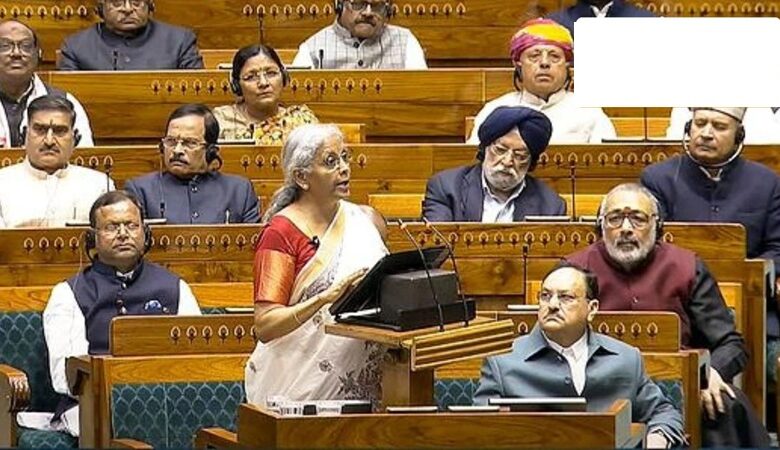Five major takeaways from Finance Minister’s speech
News Mania Desk / Piyal Chatterjee / 1st February 2025

On Saturday, Finance Minister Nirmala Sitharaman unveiled the second Budget for the BJP administration’s third term under Prime Minister Narendra Modi. Prior to the Budget announcement, it was evident that the Indian economy was experiencing a decline in its growth momentum. Since 2019, India’s GDP has increased by an average of under 5% each year, while since 2014, it has been below 6%. Here are the five main points from the Union Budget for the upcoming financial year (2025-26).
Dissatisfaction has been brewing within the middle class regarding excessive taxation. Consequently, numerous individuals anticipated a type of tax reduction in the Budget.
Nevertheless, the FM astonished all by declaring substantial income tax relief by increasing the tax rebate threshold to an annual income of Rs 12 lakh. This amount has remained at Rs 7 lakh so far. She also adjusted tax brackets so that the country’s highest tax rate of 30% applies only after an annual income of Rs 24 lakh, or Rs 2 lakh per month, is reached.
This assistance is, naturally, restricted to income tax payers. It will result in them having extra cash available. The administration anticipates that the extra funds will be utilized, initiating a growth process that will also motivate businesses to commence investments in new capacities, ultimately generating new jobs and income.
When governments spend excessively or offer tax breaks, there is concern that it might prompt them to acquire additional loans. When governments increase borrowing, they reduce the amount of money available for private individuals and businesses to borrow, leading to higher interest rates for all. Alternatively, they are compelled to print currency – resulting in inflation, which functions similarly to a tax since it diminishes the buying power of individuals’ money.
Nevertheless, in spite of the significant tax reduction expected to cost the government approximately Rs 1 lakh crore in lost revenues, the Finance Minister stated that the fiscal deficit (or the amount of money borrowed) will be further decreased to 4.4% (of the GDP) by 2025-26.
The major highlight from the budgets in the second term of the Narendra Modi administration (2019-24) was the emphasis on augmented capital expenditure by the government. Capital expenditure primarily signifies investments made to develop productive assets like roads, ports, bridges, and more.
The government not only fell short of its capital expenditure goal for this financial year by nearly Rs 1 lakh crore, but the planned capex for next year is also under Rs 10,000 crore compared to this year. That said, the capital expenditure allocation remains elevated compared to historical norms.
Another significant shift in focus has been the move towards creating jobs. The government has faced criticism for a considerable time for neglecting the job creation elements of its policy initiatives. For example, the Production Linked Incentive (PLI) program was primarily a financial support for companies and initiatives that relied more on capital than on labor.
This Budget refocuses on job creation, evident in the measures introduced to enhance economic activity in industries like textiles and leather, which typically generate more employment for a given GDP. The FM declared the formation of a committee that will examine the regulatory changes needed to simplify business operations for companies and entrepreneurs in India. Although this is a positive development, it is overdue – it has arrived as much as 11 years after the Modi administration initially took office.






